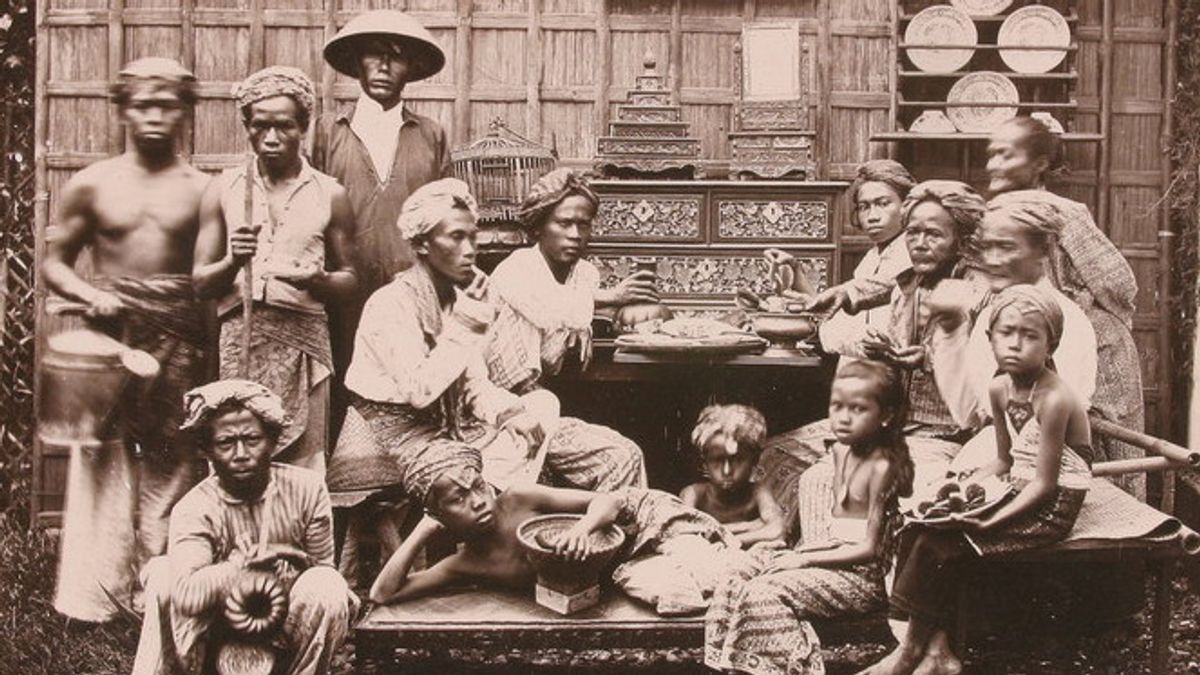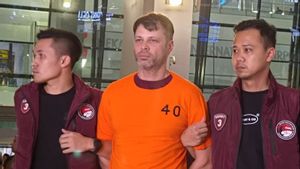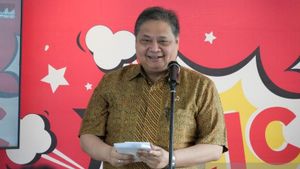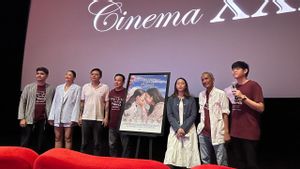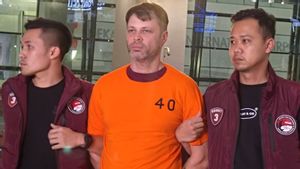JAKARTA - Native or inlander is a term full of controversy. Since time immemorial, the classification of the term pribumi has never been clear. On the one hand, the term indigenous is preserved to denote the superiority of Europeans. On the other hand, the term indigenous is discriminatory and racist. Anyone who has dark skin is considered a native. Place of birth also determines native status.
This obscurity is what makes the term indigenous so despicable. Natives are sometimes discriminated against. Sometimes also, the natives are treated without justice. Starting from the conquest of Jayakarta by the Dutch VOC trading partnership in 1619, the term pribumi became known in the archipelago.
The conquest then caused Jayakarta to be burned. After that, from the ruins of Jayakarta, the VOC built a new city. The city is known as Batavia. At the same time, the existence of the Dutch in Batavia began to show, as well as their character.
Then, based on the archives of the 17th century, the Dutch were described as being discriminatory and racist, especially towards ethnicities other than Europeans. However, the indigenous people in question are not a group of people from various ethnic groups in the archipelago. Natives or inlanders are identified with 'mardijkers'.
Historian Hendrik E. Neimeijer reveals that the word mardijkers comes from the word 'mardicas'. The word was used by the Portuguese to refer to black people and freed Christian slaves. More specifically, Mardijkers in Malay means free people, which refers to the Sanskrit language, maharddhika: people who are exempt from paying taxes.
“In 17th century archival sources, the mardijkers or mardikers group is the same as the inlanders. Thus, in 17th century Batavia the word inlander did not refer to the Indigenous people, bumiputra, or indigenous people in this archipelago, but mainly referred to mardikers, "wrote Hendrik E. Neimeijer in the book Batavia Masyarakat Kolonial XVII Century (2012).

The indigenous narrative developed from mardjikers to become the entire population - indigenous tribes - of the archipelago starting in 1854. The term pribumi was then entered into three levels of Dutch East Indies according to the colonial Law (UU) of the same year.
The law states that the number one citizen falls to the Europeanen or white European people. Citizen number two belongs to the Vreemde Oosterlingen - foreign east - which includes Chinese, Arabs, Indians, and other non-Europeans. Finally, the number three citizens, namely inlanders or natives, which includes the local community, moreover they are Muslims.
In more detail regarding the indigenous classification and inlander mentality, we have reviewed it at length in the article "The Origin of Indigenous Words and the Inlander Mentality".
"Indeed, in the status of citizenship, the Dutch are first class citizens compared to natives who are placed as third class citizens. Second-class citizens are foreign Easterners such as Arabs, Chinese, Indians and Japanese. The coolies and plantation foremen called the Dutch plantation administrators with a nickname: Tuan Besar, ”said Lukman Hakiem in Mohammad Natsir's book: Personality, Thought, and Struggle (2019).
Therefore, the class division in the Dutch Law which places Indonesians as third-class citizens, makes the word pribumi without any specialties. Likewise, the colonial era became the main perpetual satire of indigenous or inlander batik. It is this descriptive racist narrative that socially and culturally still exists today.
Who are the natives?
The Dutch in the archipelago continue to play their role as number one citizens. They continue to maintain their "Dutch" identity and continue to demonstrate their dominance. In their brains, Nusantara is only land to enrich themselves. Meanwhile, the intention to build a colonial country was almost non-existent. Therefore, the classification of the population is important so that people who inhabit the archipelago understand who their master is.
The writer Goenawan Mohamad doubts this classification. The classification, said Goenawan Mohamad, was never clear. This is because pribumi seem to be determined by place of birth. Meanwhile, Europe is based on the assumption of genetic origins.
Moreover, the classification is ambiguous, even chaotic. Japanese people can belong to the European group. Also regarding Chinese and Arabic people. The two ethnic groups were recorded to have existed in the archipelago for the past 400 years. So, it is very strange if they remain in the eastern category of foreigners, not indigenous.
"And what exactly are 'tribes'? This word appears to have been used to create a new category under 'pribumi' and 'Foreign East.' There is an impression that a 'tribe' contains a cultural identity, but how to determine that identity is unclear: if language is used as its characteristic, then 'Javanese' never exist. This is because the so-called 'Javanese language', which is taught in schools, is actually only the language spoken in Surakarta and Yogyakarta, but not in Tegal and in the Banyumas region, ”said Goenawan Mohamad in his writing in Tempo Magazine entitled Minority (2007).

Even this classification was closely related to the political elements typical of the colonial government. The Dutch coined the word indigenous only to refer to the object they colonized, as well as emphasizing hostility. However, only the colonial government used this word. The aim was to paralyze the strength of the colonial people because they began to rise up against the arbitrariness of the Dutch colonialists.
"Because of that, the youth agreed on 27-28 October 1928 to read an Indonesian edict through the Youth Pledge. His words were emphatic: we are the sons and daughters of Indonesia .... They called 'us' because the pledge was intended to unite the youth groups at that time, as well as to confirm their existence before the Dutch government. They do not call themselves "we are indigenous Indonesians," as the colonial government called them, "added Bagja Hidayat in his writing in Tempo Magazine entitled I, You, Us, Pribumi (2017).
Apart from the polemic of the term indigenous, Australian researcher Lance Castle has an interesting view on Indonesians. In his research related to ethnicity in Jakarta, Lance Castle reached the conclusion that of the thousands of islands in the archipelago, the land of the Betawi people was chosen as the place where God made Indonesians.
"However, paradoxically Jakarta is also the only city that is most Indonesian. Zangwill in Israel is the most appropriate metaphor for Jakarta because Jakarta is a melting pot, where Sundanese, Javanese, Chinese, and Batak people are fused together, "concluded Lance Castle in the Jakarta Ethnic Profile book (2007).
* Read other information about HISTORY OF NUSANTARA or read other interesting writings from Detha Arya Tifada.
MEMORY OtherThe English, Chinese, Japanese, Arabic, and French versions are automatically generated by the AI. So there may still be inaccuracies in translating, please always see Indonesian as our main language. (system supported by DigitalSiber.id)
